Back in April I had the opportunity to talk about the importance of environmental literacy in front of the California Legislative Black Caucus, along with Will Parish from Ten Strands and Gina Fromer from the Trust for Public Land. My presentation focused on how students in schools with programs that use the local environment as the main context for learning show significant increases in academic engagement, achievement, motivation, critical thinking, and systems thinking. Schools with these programs experience a decrease in the dropout rate, improved attitudes toward school, and students with higher self-esteem and self-confidence.
Unfortunately, not all students have the opportunity to experience environmental education. But we’re in an exciting time, on the cusp of a unique and timely opportunity with committed partners in the form of educators, state agencies, institutions, and individuals who are ready to act collectively in raising environmental literacy.
The recently released A Blueprint for Environmental Literacy, the result of a task force assembled by California Superintendent of Public Instruction Tom Torlakson, offers a pathway to ensure that all of California’s students have equitable access to the tools and understanding to improve their lives and communities while acquiring the skills and knowledge needed to prosper in the 21st century job market.
Working on the Blueprint has been the highlight of my 12-year career in environmental education thus far, and I was honored to serve on both the initial task force, and now on the steering committee. On the task force I was part of the subcommittee that took the lead in developing the definition of an environmentally literate person. The definition reads:
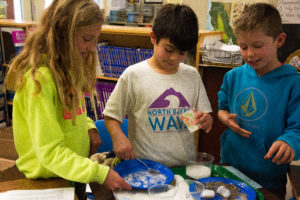 ”An environmentally literate person has the capacity to act individually and with others to support ecologically sound, economically prosperous, and equitable communities for present and future generations.“
”An environmentally literate person has the capacity to act individually and with others to support ecologically sound, economically prosperous, and equitable communities for present and future generations.“
How will we get there? Clearly we’re not talking about an occasional field trip to the nature center. Instead, we’re talking about a systematic infusion of environmental principles integrated into the textbooks, lesson plans, and daily lives of all California schools and accessible to all students.
I’m the Director of Environmental Education at TreePeople, a CREEC Coordinator for Los Angeles, and a member of the Ten Strands Board of Directors. TreePeople has been educating students about the environment for over 40 years, and we understand the importance of inclusion. Environmental education is a social justice issue. Some parts of LA are beautifully shaded with tree canopy while some parts have almost none. We’ve chosen to focus on areas of low canopy coverage because we understand the connections between this lack of trees and other social, health, and economic issues. Well-shaded schoolyards and streets with trees are cooler and healthier places. The average tree canopy coverage across LA is 21%, but in many neighborhoods the figure is as low as 7%. These are places vulnerable to extreme weather, especially heat, and the increased energy costs and health impacts that low tree cover brings. TreePeople has planted thousands of trees and gardens on streets and school campuses in communities including South Los Angeles, the Northeast San Fernando Valley, Inglewood, and Compton—inspiring and educating thousands of LA area students in the process.
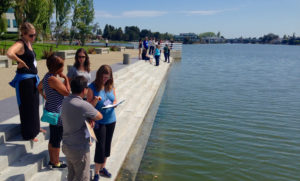 Another part of my environmental literacy work is serving as a CREEC coordinator for LA. As a CREEC coordinator, I help teachers connect to environmental education resources, and help outstanding environmental education organizations promote their programs and resources.
Another part of my environmental literacy work is serving as a CREEC coordinator for LA. As a CREEC coordinator, I help teachers connect to environmental education resources, and help outstanding environmental education organizations promote their programs and resources.
The Blueprint for Environmental Literacy strives to give opportunities for this kind of transformative environmental literacy to all students in California. I am honored to be a member of SSPI Tom Torlakson’s Environmental Literacy Steering Committee (ELSC) to implement the strategies laid out in the Blueprint. In my work on the ELSC I am involved with helping to expand the role of CREEC to better serve the students of California across the network statewide.
As a newly elected Ten Strands Board Member, I am thrilled to be a part of an organization making real change and tangible strides toward the goal of environmental literacy for all. This is a special time for environmental literacy and Ten Strands’ leadership is key to keeping the momentum going.
I am confident that through the leadership of Ten Strands, state agencies and other important stakeholders we will begin to move the needle on ensuring every student in California is environmentally literate. Equity of access, and cultural relevance and competence are guiding principles for the ESLC as we work to meet this challenge.
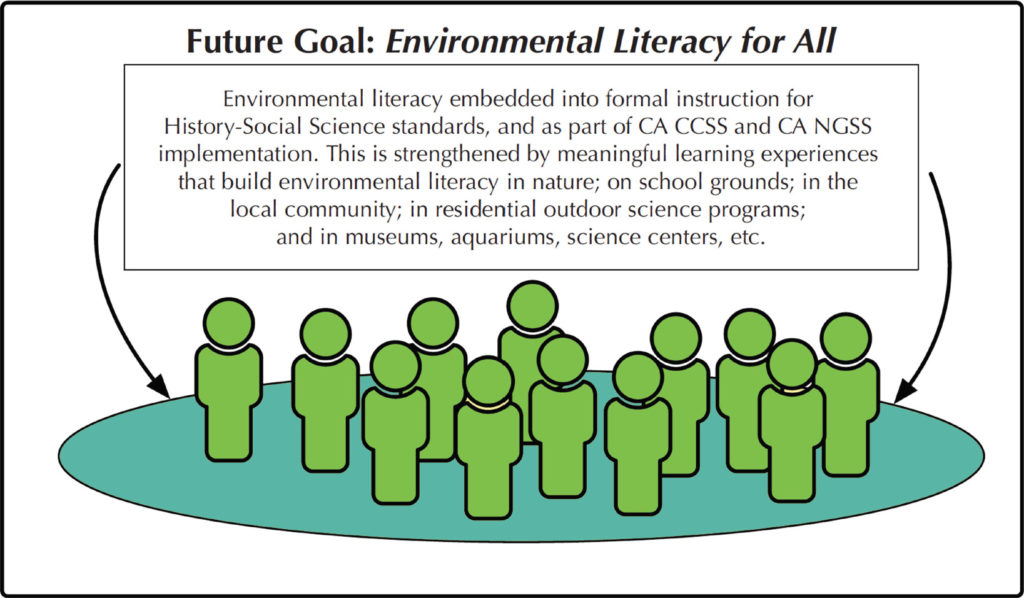

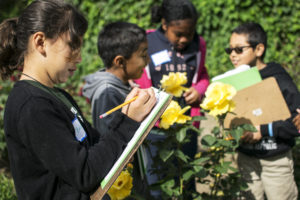
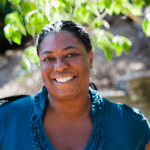
2 Responses
Great blog on why environmental literacy is a goal for all students to reach. As Candice says, it takes more than a few field trips for environmental literacy to take hold. The goal of environmental literacy is that overtime, students will come to automatically consider how the environment will respond to the decisions that they, as well as all of us, make.
Love Candice’s connections between environmental literacy and environmental justice, higher academic engagement, and self confidence. It’s all connected… Thanks Candice.